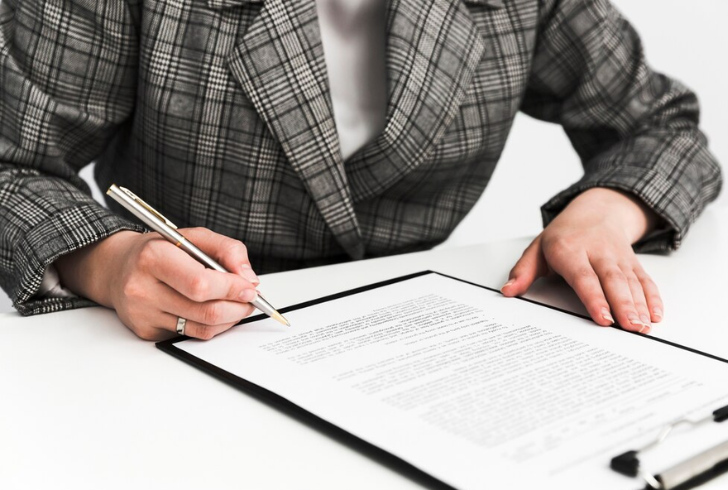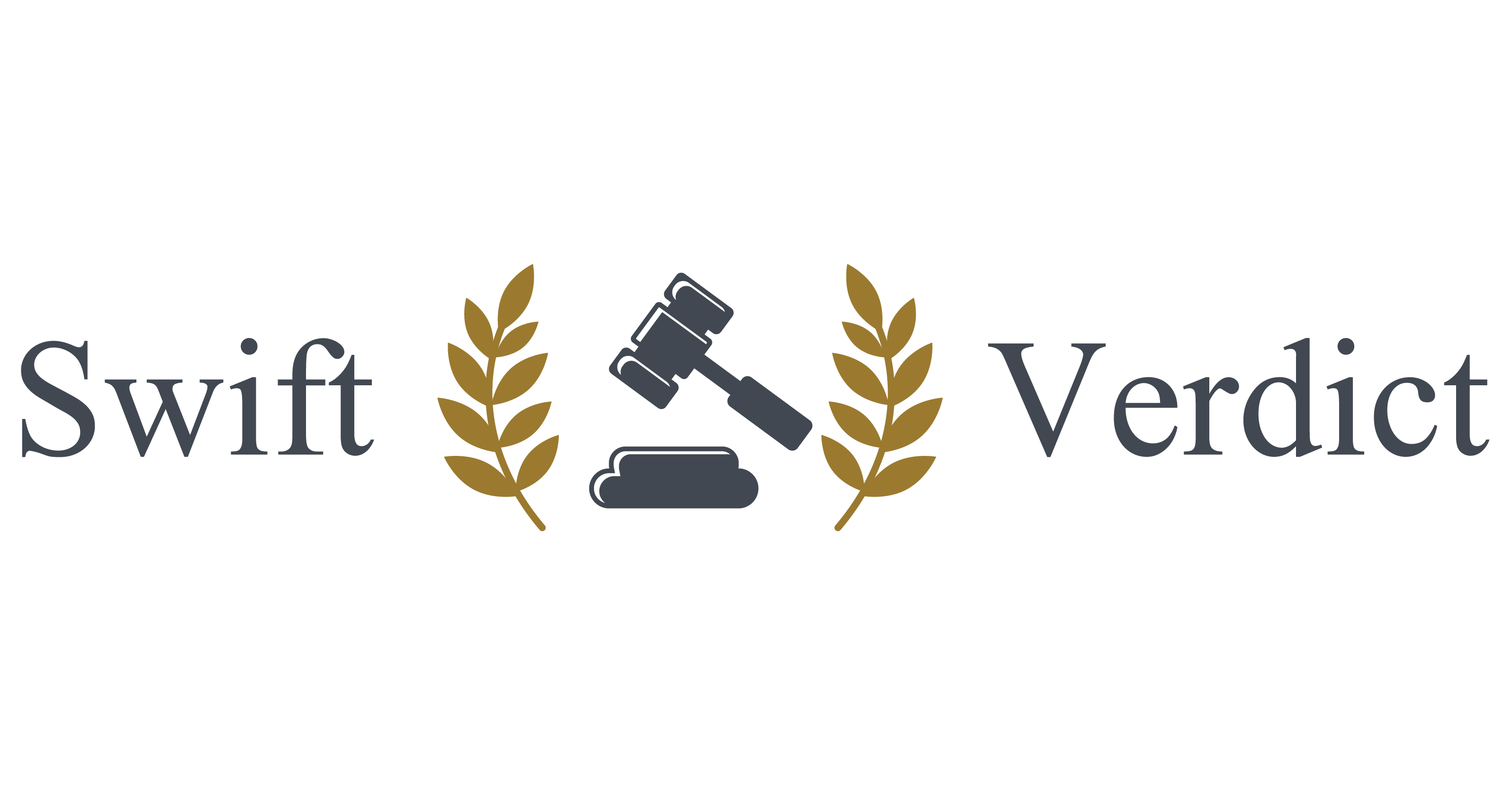Writing a professional legal letter requires careful consideration of various elements to ensure clarity, precision, and effectiveness. One crucial aspect to address is understanding what are legal margins for a letter. Proper margins not only contribute to the document’s professional appearance but also ensure that the content is easy to read and meets formal requirements.
This article delves into the essentials of crafting a legal letter, including its purpose, key components, formatting, and best practices to follow.
Understanding the Purpose of a Legal Letter
A legal letter serves multiple functions, including communicating legal arguments, making requests, or negotiating settlements. The purpose of the letter will dictate its tone, structure, and content.

Here’s a closer look at how different purposes influence the style of the letter:
- Communicating Legal Arguments – When presenting a legal argument, the letter should be formal, structured, and persuasive. It should clearly outline the issue, relevant facts, and the desired outcome.
- Making Requests – Requests, such as seeking payment or action, should be direct and unambiguous. The tone can be assertive yet professional to convey urgency and clarity.
- Negotiating Settlements – In negotiation letters, the tone tends to be more conciliatory. The goal is to foster dialogue and reach a mutually agreeable solution.
Types of Legal Letters
Different types of legal letters address various situations, each requiring a unique approach:
1. Demand Letters
These letters demand action or payment from another party. They are often the first step before legal proceedings. Essential elements include a clear demand, a deadline for response, and potential legal consequences.
2. Settlement Letters
Used to propose terms for resolving a dispute, settlement letters should include detailed terms and conditions. The tone should be conciliatory to facilitate negotiations.
3. Complaint Letters
These are addressed to businesses or organizations to address issues with products or services. They should be factual and include details of the complaint and the desired resolution.
4. Legal Opinion Letters
Written by attorneys to provide legal advice, these letters offer an analysis of legal issues and recommended actions. They should be well-structured and supported by relevant legal references.
Key Components of a Legal Letter
To create an effective legal letter, ensure the inclusion of the following components:
- Subject Line – The subject line should clearly state the letter’s purpose. For example, “Demand for Payment of Outstanding Invoice.”
- Salutation – Address the recipient appropriately using their title and name. This sets a professional tone from the start.
- Body – The body of the letter should outline the legal argument or request in a clear, logical manner. Include relevant facts, legal references, and any supporting evidence.
- Tone – Maintain a professional and respectful tone throughout the letter. Avoid emotional language and focus on presenting facts and legal arguments.
- Closing – Summarize the main points, include a call to action, and use a formal closing statement such as “Sincerely” or “Yours truly.”
Formatting Your Legal Letter
Proper formatting enhances readability and professionalism. Here’s what to consider:
1. Font and Size
Choose a professional font like Times New Roman or Arial, and use a font size between 10 and 12 points.
2. Spacing and Margins
Single-space the text with a blank line between paragraphs. Standard margins should be set to one inch on all sides.
3. Contact Information
Include your contact details at the top right of the letter. This should encompass your name, address, phone number, and email address.
Crafting the Content of Your Legal Letter

When drafting the content, focus on the following:
- Subject Line – Make it clear and engaging. The subject line should succinctly convey the letter’s purpose.
- Recipient Addressing – Use the correct title and name in the salutation. For instance, “Dear Mr. Smith” or “Dear Judge Adams.”
- Structuring the Argument – Present your legal argument logically, including relevant statutes, case law, and supporting evidence.
- Supporting Evidence – Attach documents, affidavits, or statements that bolster your position.
- Professional Tone – Ensure the letter remains professional and free from emotional language.
Key Considerations for Legal Margins
Understanding what are legal margins for a letter is crucial for maintaining a professional appearance. Proper margins ensure the text is well-aligned and easy to read. Standard legal margins are typically set to one inch on all sides, but it’s always a good idea to verify specific requirements based on the context or recipient’s preferences.
Closing Your Legal Letter
The closing of a legal letter should:
- Summarize Key Points – Briefly restate the primary arguments or requests.
- Include a Call to Action – Clearly state what action you expect from the recipient and set a reasonable deadline if necessary.
- Professional Sign-Off – Use a formal closing, leaving space for your signature, followed by your printed name and title if applicable.
Writing a professional legal letter involves more than just the content; it requires attention to formatting, tone, and structure. By understanding what are legal margins for a letter and incorporating key components effectively, the letter can serve as a powerful tool in legal communications. Adhering to these guidelines ensures that the letter is not only professional but also persuasive and impactful.




